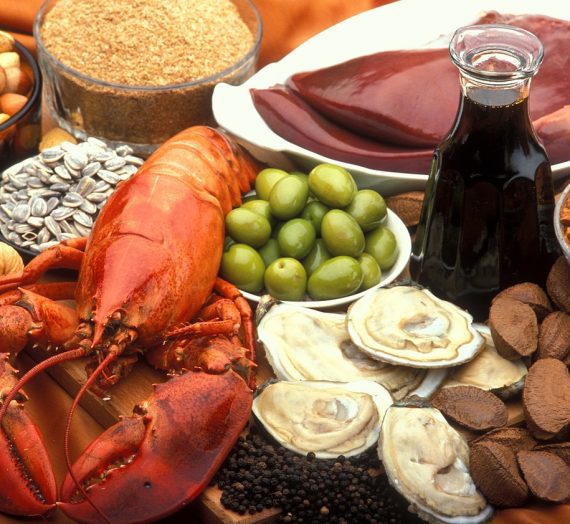Introduction to Beef Tartare
Beef Tartare is a classic dish made from raw ground beef, typically seasoned and served with various condiments. The origins of Beef Tartare are a subject of debate, but it is often associated with the Tartar nomads of Central Asia, who were believed to tenderize their meat under their saddles as they rode. However, the modern version of the dish is distinctly European, with French and Italian cuisines particularly famous for their interpretations. Beef Tartare has evolved into a gourmet dish celebrated in high-end restaurants around the world, embodying sophistication and a deep appreciation for raw flavors.
History and Origin
The concept of eating raw meat has been a part of human culture for centuries, but the dish we recognize today as Beef Tartare took its shape in early 20th century France. Contrary to popular belief, the name Tartare does not directly connect to the Tartar people but is instead derived from the French serving style ‘à la tartare’, which originally referred to dishes served with a tartar sauce. Over time, the raw beef dish, often accompanied by a raw egg yolk and capers, became synonymous with the name Tartare.
Who Invented Beef Tartare?
There is no single inventor of Beef Tartare, as it evolved over time. However, its establishment as a gourmet dish in French cuisine can be traced to early Parisian bistros. The refinement of its preparation and presentation elevated Beef Tartare from a simple peasant dish to a staple of French culinary art.
Where is Beef Tartare Most Famous?
While Beef Tartare has found a home in various cuisines around the globe, it remains most famous in France and Italy. In France, it is celebrated for its elegance and simplicity, often appearing on the menus of both traditional and contemporary French restaurants. In Italy, particularly in regions like Piedmont, Beef Tartare takes on local flavors, incorporating ingredients such as truffle oil and Grana Padano cheese.
Alternative Recipes for Beef Tartare
- Asian-Inspired Beef Tartare: This version introduces soy sauce, sesame oil, and finely chopped green onions, offering a fragrant and umami-rich variation.
- Italian-Style Beef Tartare: Elevate the traditional recipe with finely grated Parmesan cheese, truffle oil, and a sprinkle of fresh basil. A delight that bridges French technique and Italian flavors.
- Spicy Beef Tartare: For those who enjoy a kick, incorporating finely diced jalapeños, cilantro, and a dash of Tabasco can provide a spicy twist to the classic.
Frequently Asked Questions (FAQ)
Is Beef Tartare safe to eat?
When prepared with fresh, high-quality beef from a reputable source and consumed promptly, Beef Tartare is generally safe to eat. It is crucial to maintain strict hygiene standards during preparation.
Can I make Beef Tartare without a raw egg?
Yes, while the raw egg yolk is traditional, it can be omitted or substituted with alternatives like avocado for a creamy texture.
What is the best cut of beef for Beef Tartare?
High-quality, lean cuts such as filet mignon are ideal for Beef Tartare, as they are tender and have minimal fat marbling.
How long can Beef Tartare be stored?
Due to the raw nature of the dish, it should be consumed immediately after preparation. If necessary, store it in the refrigerator for no more than a couple of hours.
Can Beef Tartare be frozen?
It is not recommended to freeze Beef Tartare due to concerns over texture and safety with raw meat.
Conclusion
Beef Tartare is a delightful showcase of culinary simplicity and the rich flavors inherent in high-quality beef. Whether you stick to the classic French preparation or experiment with global influences, this dish offers a versatile canvas for culinary creativity. Remember, the key to a great Tartare lies in the freshness of the ingredients and meticulous preparation. So, we encourage you to try making your version of this gourmet classic at home and share your experiences in the comments below. Bon appétit!
We’d love to hear from you! Have you tried any variations of Beef Tartare that you found particularly delicious? Or do you have any tips for first-timers? Drop your thoughts, questions, or personal recipes in the comments section below.

